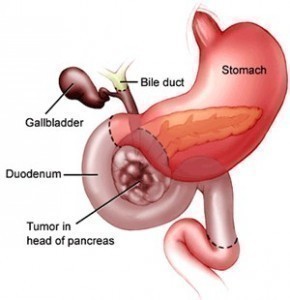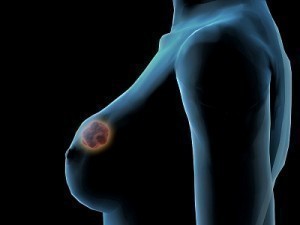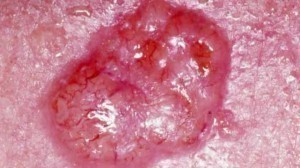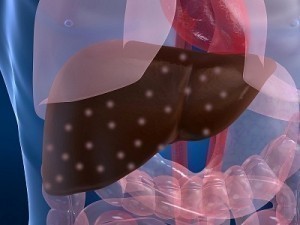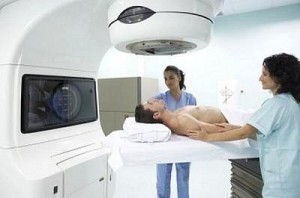Hodgkin’s Disease / Hodgkin’s Lymphoma
What is Hodgkin’s Disease / Hodgkin’s Lymphoma
Hodgkin’s disease, which is now referred to as Hodgkin’s Lymphoma is a type of cancer that affects the immune system of the human body. There are two types of Hodgkin’s Lymphoma:
- classical Hodgkin’s Lymphoma
- nodular lymphocyte-predominant Hodgkin’s Lymphoma
The immune system in our bodies is of pivotal importance because it is this system that fights and ward off infections and diseases. When this is affected, the ability of the body to combat diseases is severely affected. Hodgkin’s Lymphoma affects the cells of the immune system. The lymphatic system, which is part of the immune system, is made of lymph vessels, lymph, lymph nodes, lymphatic tissues, spleen, tonsils and thalamus. The lymphatic tissues are spread all over the body and so, the Hodgkin’s Lymphoma could begin anywhere in the body.
Hodgkin’s Disease typically begins, when a lymphocyte, usually a B cell, becomes abnormal. The abnormal cell is referred to as the Reed-Sternberg cell. These abnormal cells begin to multiply and increase in number. They do not die and they fail to protect the body from infections and diseases. When they grow in number and become a mass of tissue, they lead to the formation of an abnormal growth or tumor.
Symptoms of Hodgkin’s Disease / Hodgkin’s Lymphoma
The following list includes some of the symptoms of Hodgkin’s Disease.
- painless swelling of lymph nodes in the neck, armpits and sometimes the groin
- persistent fatigue
- fever and chills
- breaking out into sweat in the nights
- unexplained loss of weight
- coughing, having trouble breathing or chest pain
- loss of appetite
- itching, developing red patches on the skin
- enlargement of spleen
- enlargement of liver
- pain felt in the lymph nodes, especially after consuming alcohol
Causes of Hodgkin’s Disease / Hodgkin’s Lymphoma
Although the exact cause of Hodgkin’s Disease is unknown, the following are some of the risk factors that increase the possibility of a person getting Hodgkin’s Disease. The risk factors include:
- age
- weakening of the immune system
- viruses of a certain kind
- history of the disease in the family
age: Typically, Hodgkin’s Disease is often found in the age group of 15-35 years or people who are 55 or older.
weakened immune system: As mentioned earlier, the Hodgkin’s Disease targets the human immune system. People with an already weakened immune system are more vulnerable towards developing the Hodgkin’s Disease. The immune system could be weak due to an inherited condition or it could also be a consequence of drugs taken by the patient after a procedure such as an organ transplant.
viruses of a certain kind: The risk of developing Hodgkin’s Disease can also be increased due to the presence of certain viruses such as the Human immunodeficiency Virus (HIV) or the Epstein-Barr Virus (EBV).
history of the disease in the family: If the person has family members who have already been afflicted with this disease, there is a possibility that they may also develop this disease.
Having said that, two factors have to be understood clearly.
1. Hodgkin’s Disease is not a contagious disease.
2. Having one or more of the above mentioned risk factors does no indicate a definite possibility of this type of cancer. There have been instances of people with some of these risk factors who never developed the cancer.
Treatment for Hodgkin Disease / Hodgkin Lymphoma
The treatment for Hodgkin’s Disease would depend on numerous factors such as the stage of the cancer, the current status of the patient’s health, his / her age, symptoms present and so on.
There are two types of treatments for this type of cancer namely,
- Chemotherapy – the use of drugs to kill cancer cells and shrink tumours
- Radiotherapy – the use of X-rays or other forms of radiation to achieve the same goal and result as the Chemotherapy
When patients suffer from a relapse of recurrence of the cancer, they may need to receive high doses of either chemotherapy and radiotherapy or in some cases the doctor may decide to use a combination of both treatments. The patient may also need to undergo stem cell transplantation.

